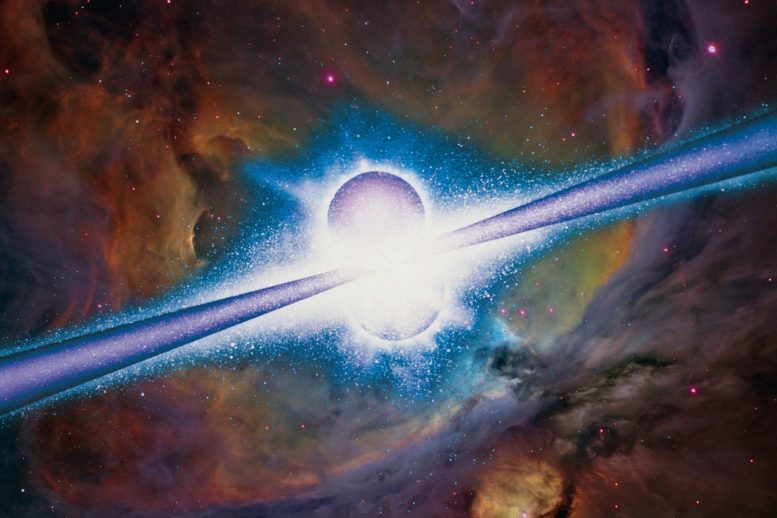
Most of us don’t think much about electric charge, apart from in those annoying moments when our phones run out of it. But for physicists, it is a big deal. In every atom, negatively charged electrons orbit a nucleus containing positively charged protons, with the whole dance sustained by their mutual attraction. It would be fair to say, then, that charge is about as fundamental as it gets.
This explains why physicists have long been at such pains to understand its nature, and for the most part they have been successful. But there is one question that has always hung in the air, unanswered. It seems that the smallest possible unit of charge is that of an electron – all other naturally occurring particles only have multiples of this. In nature, you can find charges of -1 or +3 or -2, but never 0.25. Why is this?
You might shrug and say that is just how the universe is. But in truth, there have always been good reasons to suspect that fractional charges do exist, even if we haven’t caught one yet. And it is a particularly live issue today thanks to fresh insights from string theory, one candidate for a theory of everything.
Now, experiments are beginning at the CERN particle physics lab near Geneva, Switzerland, to hunt for particles that could have charges just thousandths that of an electron. If they can find them, it would…









Leave a Comment